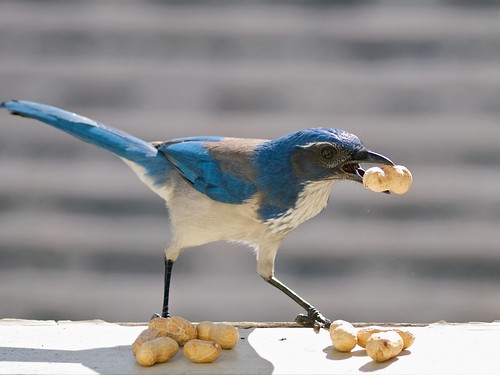Take for example the great migration of the salmon. Born into the freshwater of the river the salmon develops and grows for anywhere between 1-4 years. The salmon then migrate from their freshwater home to the saltwater of the ocean where they undergo rapid growth and become active hunters. This unusual migration is down to the ability of the salmon to adapt to both freshwater and saltwater living, they are able to determine their osmoregulation through both behavioural and physiological changes. Salmon can undergo a journey for thousands of miles to the open ocean where they will live for 1-4 years. After this time hormonal changes determine when to return to their place of birth. The salmon are able to recognise their home stream through a specific scent which they imprinted to memory. Living only on ther reserves of fat they they again undergo a huge morphological transformation to cope with the freshwater. Swimming against the flow they travel upstream, a tiring and lengthy process that is often fatal. When back to their birth place they come together to spawn and here after forfilling their purpose, they die.
Source: 1, 2, 3
The dedication of the Emperor Penguin to raise their young is another incredible ordeal. On laying a single egg the female penguin leaves the egg with the male while they return to sea to feed and regain their strength. The male is then left to care for the egg in some of the worst winter conditions on the earth, he will not see the sun again for up to four months. The egg is carried on his feet in a brood pouch, kept warm by insulating fat and feathers. If the egg is dropped it can freeze within two minutes of being left in contact with the ice. In temperatures of -70 degrees centigrade the males huddle together to reserve warmth, unable to feed during this harsh time. As the sun finally returns the chicks begin to emerge, and by the time the females return the males will have lost up to a third of their body fat. He will now travel over 60 miles across the ice to finally find food.
Source: 1, 2, 3
Many animals also possess memory far greater than our own, such as the Western Scrub-jay, whom uses its intelligence to store food based on how hungry it may be the next day. Studies have shown that some corvids can remember over five thousand locations for up to nine months. They also have the ability to plan ahead and choose locations that will allow the storage of sufficient volume and variety. They will then return to their caching site according to the rate of decay of the food item. But the Western Scrub-jay has taken food caching one step futher, they are able to 'deceive' others and will 'fake hide' if being watched by another bird. They will even return later to hide their food again when they are not being watched.
Source: 1, 2, 3, 4
'To see the world through the eyes of an animal is to experience the greatest journey of them all.'




